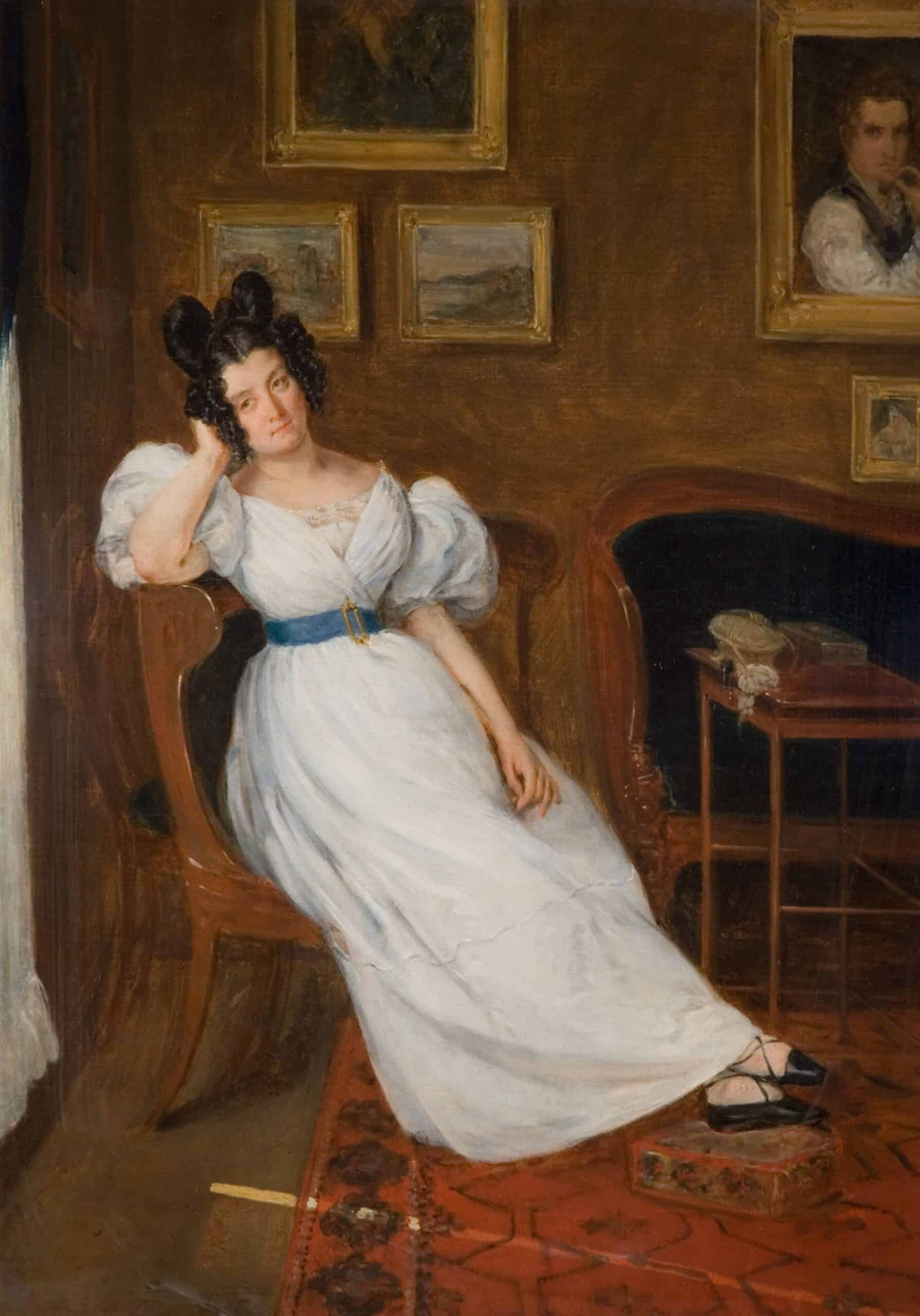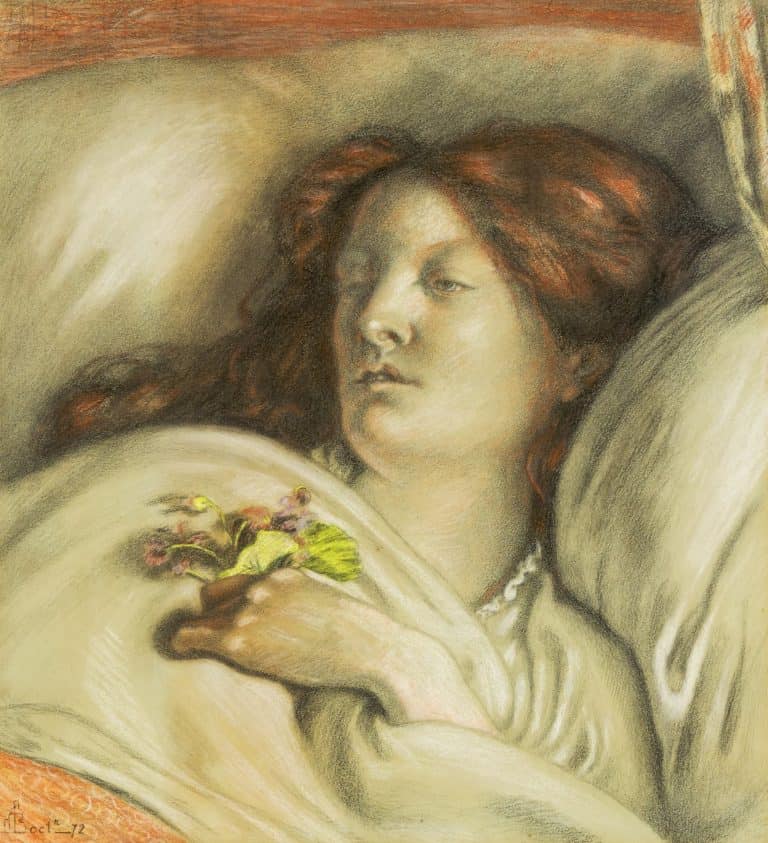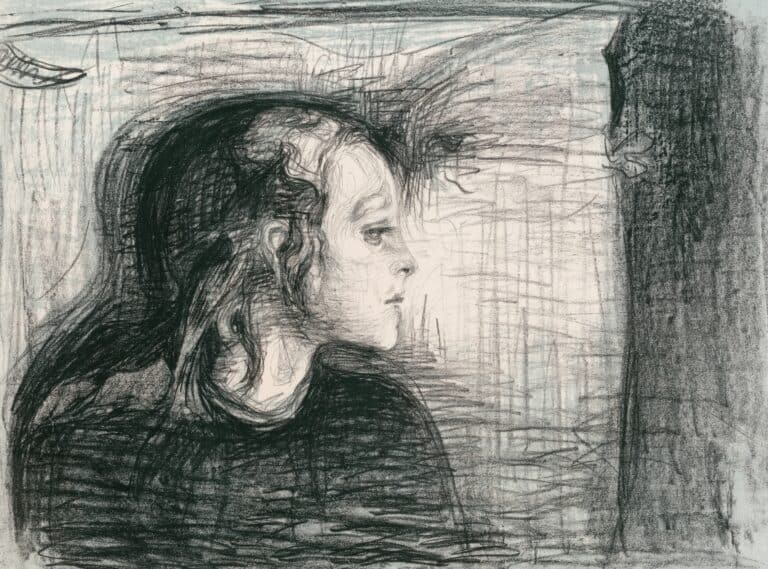Understanding OCD Groinal Response

Welcome to an immersive exploration of the multifaceted world surrounding OCD groinal response. In this article, we embark on a journey beyond the clinical definitions, delving into the intricate dynamics of this specific manifestation within obsessive-compulsive disorder.
Our comprehensive analysis goes beyond the surface, exploring the psychological underpinnings and potential contributing factors that shape the experience of individuals grappling with OCD groinal response.
Through a blend of personal narratives and expert insights, we aim to bring to light the diverse and often nuanced aspects of this condition.
Beyond the clinical lens, we delve into the broader implications on daily life, relationships, and mental well-being.
This includes an examination of the intersectionality of OCD groinal response with other mental health conditions, providing a holistic understanding of its impact.
But our journey doesn’t stop there. We turn our focus to coping mechanisms, therapeutic interventions, and emerging research, offering practical insights to empower individuals dealing with OCD groinal response.
From the intricacies of daily routines to the profound effects on self-perception, our exploration encompasses the entire spectrum of experiences.
Join us as we navigate this captivating terrain, blending professionalism with excitement to foster a deeper understanding of OCD groinal response.
What is Groinal Response
A groinal response in the context of OCD refers to an involuntary physical sensation or physical arousal reaction in the genital area triggered by intrusive thoughts (obsessive thoughts revolving around sexual desire and/or being sexually attracted to someone or something).
It’s a unique manifestation of the disorder, where individuals may experience discomfort or anxiety linked to their obsessions, leading to an automatic physical response in the groin region.
Understanding and addressing this physical arousal is crucial in comprehending the full spectrum of challenges faced by any OCD sufferer.
When Do Groinal Responses Happen
OCD groinal response typically refer to physiological responses and reactions that occur in the genital area, often in response to sexual stimuli or arousal.
These responses are part of the broader spectrum of human sexuality and can be influenced by various factors including subtypes of OCD itself.
These may include pedophilia OCD, harm OCD, sexual orientation OCD, sexual obsession OCD and relationship OCD. Here are some situations in which groinal responses may occur:
Sexual Arousal
The most common scenario is during sexual arousal. When an individual encounters sexually stimulating content, thoughts, or activities, the body may respond with increased blood flow to the genital area, leading to physiological changes such as erection in males or engorgement in females.
Fantasy and Imagination
Groinal responses can also occur in response to sexual fantasies or vivid sexual thoughts.
The mind plays a crucial role in sexual arousal, and the brain can trigger physical reactions in the genital area even in the absence of external stimuli.
Emotional Connection
Intimacy, emotional connection, and romantic interactions can also lead to groinal responses.
For many individuals, sexual arousal or sexual attraction is not solely driven by physical stimuli but is deeply intertwined with emotional and relational factors.
Dreams and Nocturnal Emissions
During sleep, both men and women may experience groinal responses in the form of nocturnal emissions or “wet dreams.”
These are involuntary orgasms that occur during sleep and are often associated with sexual dreams.
Medical Conditions
Certain medical conditions, hormonal changes, or medications may influence and create many experiences groinal responses.
For example, hormonal fluctuations during puberty, menopause, or as a result of certain medical treatments can affect sexual arousal and response.
It’s important to note that groinal responses are a natural part of human sexuality and can vary from person to person.
Factors such as individual preferences, cultural influences, and personal experiences can shape the way people experience and interpret these responses.
Additionally, it’s crucial to prioritize open communication, consent, and mutual respect in any sexual context.
If someone has concerns or questions about their groinal responses, seeking guidance from a healthcare professional or a qualified sex therapist may be beneficial.
Why do groinal responses happen?
Groinal responses in OCD are believed to arise from the heightened sensitivity and distress (fear arousal) caused by intrusive thoughts regarding sexual desire.
The intricate connection between the brain and body plays a role in this phenomenon.
When individuals experience intrusive and distressing obsessions, the brain attempts to cope by generating physical sensations in the genital area.
This manifestation is a unique response to the emotional turmoil associated with OCD obsessions.
Exploring these dynamics is essential for a more nuanced understanding of how the disorder impacts individuals both mentally and physically, paving the way for tailored coping mechanisms and therapeutic interventions.
How common is a groinal response?
The occurrence of groinal responses in OCD varies among individuals, and it’s not a universal symptom. While some people with OCD may experience groinal responses, others may not encounter this particular manifestation.
The prevalence of this symptom is not well-documented, as it depends on various factors, including individual differences, the specific nature of intrusive thoughts, and the overall manifestation of OCD symptoms.
It underscores the diverse ways in which OCD can manifest and highlights the importance of personalized approaches in understanding and addressing these challenges.
Does age and sex come to play in terms of groinal responses
The manifestation of groinal responses in OCD doesn’t strictly correlate with age or sex. It can affect individuals across various age groups and genders.
The occurrence of groinal responses is more tied to the specific nature of obsessive thoughts and the individual’s overall experience with intrusive thoughts and OCD in general.
Factors such as personal coping mechanisms, environmental influences, and the severity of unwanted sensations may play more significant roles in determining the presence of groinal responses rather than age or sex.
How to deal with groinal response

Coping with groinal responses in OCD is a nuanced process, with therapy playing a pivotal role
Understanding the Trigger:
Identify the intrusive thoughts triggering unwanted groinal response. Increased awareness empowers you to confront these triggers directly without seeking reassurance.
Therapy – Cognitive-Behavioral Therapy (CBT):
CBT, especially exposure and response prevention (ERP), is highly effective for OCD treatment. A trained OCD specialist can guide OCD sufferers through gradual exposure to anxiety-inducing thoughts, helping you develop healthier responses over time.
Mindfulness and Relaxation Techniques:
Incorporate mindfulness practices into your routine. Techniques like mindfulness meditation or deep breathing can provide a sense of control over anxiety.
Healthy Distractions:
Engage in activities that captivate your focus and divert attention from distressing thoughts. This might include hobbies, exercise, or spending quality time with friends and family.
Medication Consultation:
Consult with a healthcare professional about the potential benefits of medication. Medication may be recommended in conjunction with therapy, providing additional support.
Support System:
Share your experiences with a trusted support system. Friends, family, or support groups can offer understanding, encouragement, and a sense of community.
Remember, there’s no one-size-fits-all approach, and seeking professional guidance ensures a tailored strategy for managing groinal responses and related OCD symptoms.
Final Thoughts – OCD Groinal Response
In conclusion, understanding and addressing OCD-related groinal responses is crucial for individuals dealing with obsessive-compulsive disorder.
Through therapy, mindfulness, and support from others, managing these challenges becomes more attainable.
Recognizing the uniqueness of each person’s experience is key, emphasizing the need for personalized approaches to effectively cope with and navigate the complexities of OCD and its distinct manifestations.





